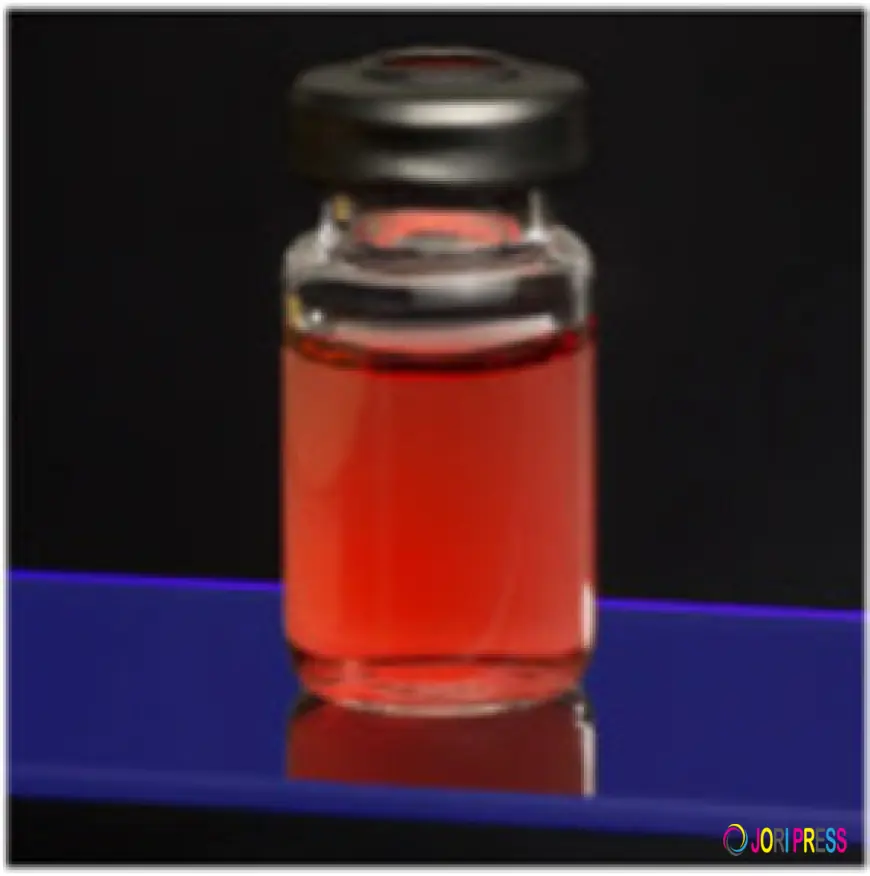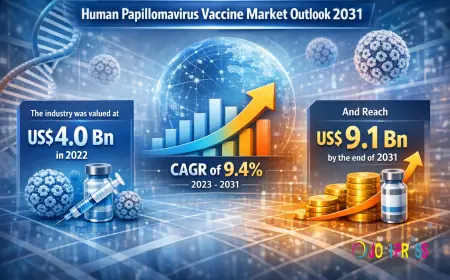Colloidal Gold Nanoparticles in Biosensing: Technology, Benefits & Future Trends

The world of biosensing has transformed dramatically over the past decade, and one of the biggest contributors to this revolution is the use of colloidal gold nanoparticles. Known for their exceptional optical, chemical, and biological properties, these nanoparticles have become indispensable tools in diagnostics, environmental testing, and medical research. From rapid disease detection to highly sensitive analytical systems, colloidal gold is unlocking new possibilities in biosensor design and performance.
In this blog, we explore the technology behind colloidal gold nanoparticles, their benefits in biosensing, and the future trends shaping their use.
What Are Colloidal Gold Nanoparticles?
Colloidal gold nanoparticles are tiny particles of gold—typically 1–100 nanometers in diameter—suspended in a liquid solution. At such a small scale, gold behaves very differently from its bulk form, exhibiting rich optical properties such as localized surface plasmon resonance (LSPR). This unique interaction with light makes colloidal gold an excellent material for colorimetric detection, imaging, and molecular diagnostics.
Their ability to bind with biomolecules such as antibodies, proteins, and DNA strands makes them even more valuable in biosensing applications.
How Colloidal Gold Nanoparticles Work in Biosensing
Biosensors rely on detecting biological responses and converting them into measurable signals. Colloidal gold nanoparticles enhance this process in several ways:
1. Surface Plasmon Resonance (SPR)
Gold nanoparticles have a strong affinity for specific wavelengths of light. When light strikes the particles, it causes electrons on their surface to oscillate—a phenomenon known as plasmon resonance. Any interaction between the nanoparticle and a biological target changes this resonance, creating a detectable optical signal.
2. Biological Functionalization
Colloidal gold nanoparticles can be functionalized with ligands, enzymes, antibodies, and nucleic acids. When these functionalized particles encounter their target (e.g., a virus or toxin), they cause aggregation or other optical changes that can be easily measured.
3. Colorimetric Detection
Gold nanoparticles produce visible color changes when they aggregate, turning solutions from red to blue or purple. This principle is widely used in rapid tests such as pregnancy kits and infectious disease diagnostics.
4. Signal Amplification
Because of their high surface-to-volume ratio, gold nanoparticles amplify biological signals more effectively than traditional biosensing materials, enabling detection of even trace levels of target molecules.
Benefits of Using Colloidal Gold Nanoparticles in Biosensing
The integration of colloidal gold nanoparticles provides several advantages that make them ideal for next-generation biosensors.
1. Ultra-High Sensitivity
Even incredibly small quantities of biological analytes can be detected because gold nanoparticles dramatically enhance signal output. This is especially crucial in early disease detection where biomarkers appear in very low concentrations.
2. Rapid Results
Gold nanoparticle–based biosensors can deliver results within minutes. Devices that use colloidal gold require minimal sample preparation, making them ideal for point-of-care diagnostics.
3. Stability and Biocompatibility
Gold is inert and biocompatible, making colloidal gold nanoparticles safe for use in medical and environmental applications. Their stability also ensures long-lasting and reliable performance.
4. Cost-Effective Production
Gold nanoparticles can be synthesized using relatively simple and scalable processes. The affordability of colloidal gold–based biosensors has made them popular in both developed and emerging healthcare markets.
5. Versatility Across Biosensing Platforms
They can be used in:
-
Colorimetric assays
-
Electrochemical sensors
-
Lateral flow devices
-
Fluorescence-based systems
-
Microfluidic chips
Their adaptability makes colloidal gold nanoparticles suitable for an expanding range of diagnostic technologies.
Applications of Colloidal Gold Nanoparticle Biosensors
The use of colloidal gold nanoparticles has grown across various industries:
Medical Diagnostics
The most common application is rapid test kits, including:
-
COVID-19 antigen tests
-
Pregnancy tests
-
HIV and malaria diagnostics
These tests rely heavily on gold nanoparticles for accurate, fast results.
Environmental Monitoring
Gold nanoparticle biosensors detect heavy metals, toxins, and pollutants with excellent accuracy.
Food Safety Testing
They help identify pathogens, allergens, and contaminants in food products.
Cancer Biomarker Detection
Highly sensitive gold-based biosensors can detect early-stage cancer biomarkers, improving patient survival rates through timely intervention.
Future Trends in Colloidal Gold Nanoparticle Biosensing
As research progresses, several exciting trends are emerging:
1. Integration with AI and IoT
Smart biosensors using colloidal gold nanoparticles will soon connect to mobile apps and cloud platforms for real-time monitoring and data analysis. This convergence will transform remote diagnostics and telemedicine.
2. Enhanced Multiplexing
Future biosensors will detect multiple biomarkers simultaneously, improving the speed and accuracy of complex diagnostic procedures.
3. Hybrid Nanomaterials
Researchers are combining gold nanoparticles with graphene, quantum dots, and magnetic nanoparticles to create multi-functional, ultra-sensitive biosensing platforms.
4. Personalized Medicine
Colloidal gold–based biosensors will play a key role in tailoring treatments to individual patients through rapid biomarker assessment.
5. Wearable Biosensors
Gold nanoparticles are likely to become part of next-generation wearable devices that continuously track health conditions like glucose levels, infections, or hormonal changes.
Conclusion
Colloidal gold nanoparticles are at the forefront of innovation in biosensing technology. Their exceptional sensitivity, rapid detection capability, versatility, and biocompatibility make them essential tools in today’s diagnostic and analytical systems. As advancements in nanotechnology, AI, and materials science continue to evolve, colloidal gold nanoparticles will shape the future of healthcare, environmental monitoring, and scientific research.
Whether in point-of-care test kits or sophisticated analytical devices, colloidal gold nanoparticles are driving a new era of smarter, faster, and more reliable biosensing solutions.
What's Your Reaction?
 Like
0
Like
0
 Dislike
0
Dislike
0
 Love
0
Love
0
 Funny
0
Funny
0
 Angry
0
Angry
0
 Sad
0
Sad
0
 Wow
0
Wow
0



















































